Kremsmunster Observatory
This "mathematical tower" was an observatory, early skyscraper, and place to reflect on all of nature and the cosmos.
Today, arguments are often framed as science vs. religion, empiricism vs. spirituality, but not so long ago it was quite normal for science and religion to live side by side, in both buildings and people.
The monastery at Kresmunster was founded in 777, when according to the story, the Duke of Bavaria’s son was killed by a wild boar. Nearly a thousand years later the monastery was going strong and had become, like many other monasteries thoughout Europe and particularly those of the Jesuits, Augustinians and Benedictines, a center of scientific as well as theological study.
The Kresmunster wanted to display this scientific knowledge in one place. Planned by Friar Anselm Desing, the building was to be a reflection of all of nature in a nine story building. The height and design of the building was a feat in and of itself and is said to be one of the first examples of modern high-rise architecture. The building was also one of the first buildings devised to be used as a natural history museum.
Leading the viewer in a progression of complexity, (or at least as that was imagined in 1748) the first two floors displayed inanimate objects of nature such as geological and fossil specimens, the third and forth housed the botanical and zoological collecitons, and the sixth and seventh displayed ethnography, archeology and the arts and sciences, (art and science were also much more closely aligned in this period) as examples of what human life can achieve.
The final two levels were cosmological, designed to study the heavens, and statues of Ptolemy, Tycho Brahe, and Kepler now decorate the staircase to the eighth floor, an observatory meant to help the monks understand the physical nature of the heavens. It was in this observatory that Benedictine monk and director of the observatory Placidus Fixlmillner first computed the orbit of Uranus. The ninth and final level, was reserved for a small chapel for the monks to reflect not on the physical properties of the cosmos, but on the meaning of them.
Among the other facilities at the monastery they operated a weather room, the only one in the world to have stayed in operation in the same spot for nearly 250 years, since 1763. Meteorological observations are still made there to this day. The monastery-cum-museum continued to collect over the years and has added many specimens to the curio cabinet style displays.
Among them are the skeleton of a cave bear, a mammoth tooth, an icthyosaur, very rare glass models of invertebrate creatures made by Leopold Blaschka (whose other models can be seen at the Harvard Natural History Museum) an Egyptian mummy, an extensive humming bird collection, a collection of pocket sundials, terrestrial and celestial globes and a sextant used by Kepler.
The Kremsmunster Observatory, originally known as a mathematical tower, is a rich and heady mix of religion, science and art, and the monasteries science tower now has yet another layer added to the brew, history. It is now a walk through the past, and a look back into a time when all things, science, art and even religion, lived in much closer quarters then they do today.
Know Before You Go
http://www.specula.at/english.htm
http://en.wikipedia.org/wiki/Kremsm%C3%BCnster_Abbey
http://www.planetware.com/kremsmunster/kremsmunster-benedictine-abbey-observatory-a-o-kbao.htm
http://www.newadvent.org/cathen/06088a.htm
http://www.specula.at/virtual/virtual.htm
Community Contributors
Edited by
The Atlas Obscura Podcast is Back!




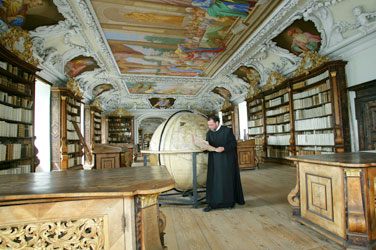

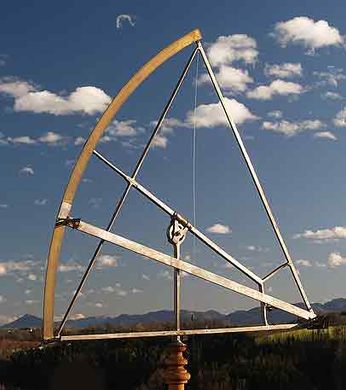
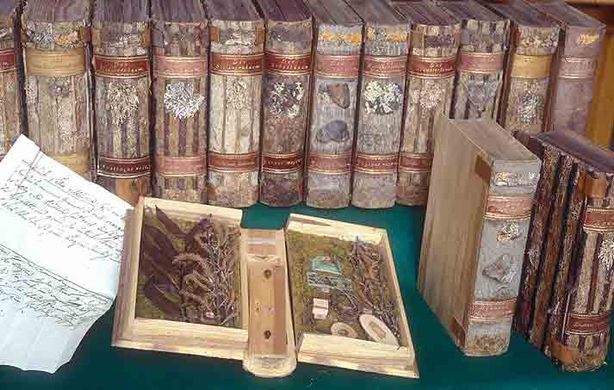
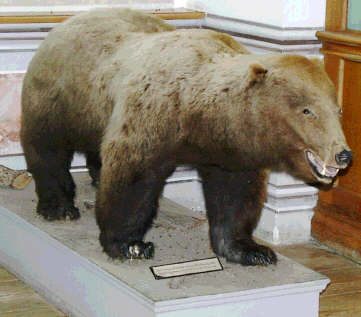
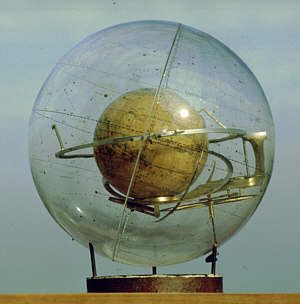



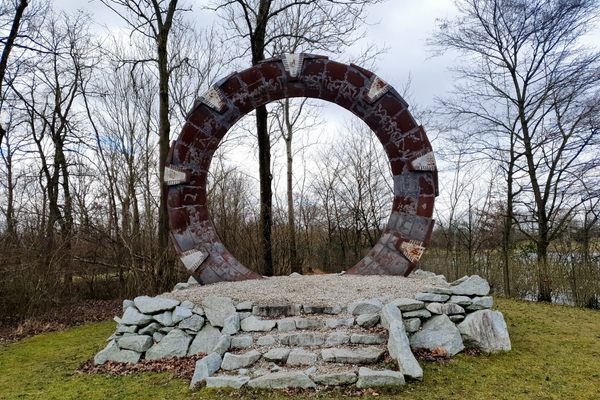








Follow us on Twitter to get the latest on the world's hidden wonders.
Like us on Facebook to get the latest on the world's hidden wonders.
Follow us on Twitter Like us on Facebook